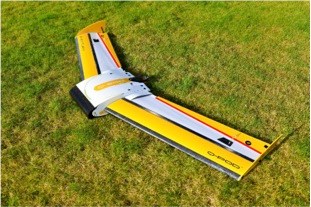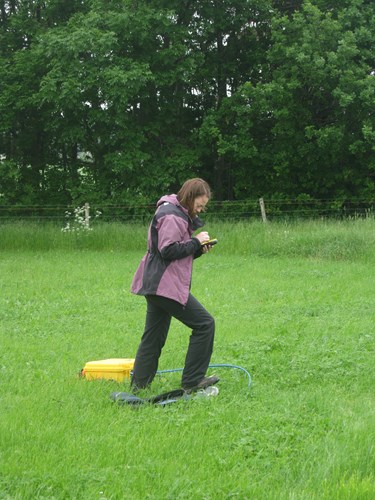Development of monitoring tools towards quantification of CO2 emissions at surface
Effective surface monitoring tools and techniques and quantification of CO2 emissions at surface
State of the art
One of the recognised challenges of storage sites is the development of a cost-effective monitoring strategy that can detect the position of any CO2 seeping to the surface from a deep storage reservoir (in the unlikely event that this were to occur) as the storage site will generally be quite large (100 square kilometres or more).
The aim of wide-areal coverage technologies is to survey a large area rapidly to locate possible points of CO2 leakage that will then need to be verified by detailed ground investigation (‘ground-truthing’).
Techniques have already been demonstrated at natural CO2 leakage and CO2 storage sites through projects such as RISCS and work at the CO2FieldLab. However, there is still scope for improving sensitivity and areal coverage, reducing cost and avoiding false positives. In addition, tools for quantification of CO2 in the air above storage sites have not yet been widely demonstrated.
 UAV purchased for the Energy Research Accelerator project
UAV purchased for the Energy Research Accelerator project
for use at the UK GeoEnergy Test Bed
Progress beyond the state of the art
ENOS research and technology development partners are working on a range of tools to address the above issues that will be advanced through the ENOS project. Real-life experience and deployment through the ENOS will advance cost-effective, wide-areal coverage tools for leakage detection, continuous monitoring and emission quantification tools/techniques. The importance of diffuse leakage (often below the detection threshold for standard tools) will be assessed to determine if this should be considered in all storage site monitoring plans.

BGS soil gas flux monitoring equipment in use
Outcomes
- Demonstration of techniques for effective surface monitoring to complement state-of-the art-tools. This will include wide-areal coverage tools for rapid location of potential leakage sites (e.g. drone-based monitoring, autonomous ground mapper robot) and complementary advanced sampling and analysis techniques for ground-truthing (e.g. soil gas).
- Improved detection threshold and origin discrimination for CO2 in soil gas monitoring tools.
- Tested techniques for CO2 leakage/emission quantification in air.



